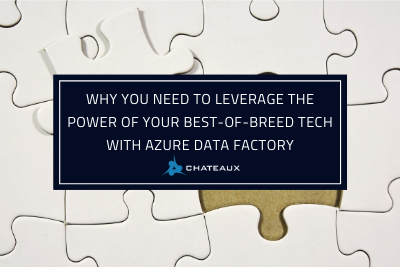By Sam Somashekar, Senior Consultant
More data, more problems
Data and data sources are increasing at a tremendously fast pace. In addition to the volume of data being produced by the electronically-connected world, the number of different sources and types of information is growing at unprecedented rates. Organizations are attempting to make use of all this information by storing it in relational or non-relational databases for further analysis by a variety of Business Intelligence tools. However, with the high rate and volume of data comes the need for faster analysis.
HANA helps to get past the disk hurdle
As long as disk-based storage and on-premise CPU power are involved, there will always be a limit to the speed of data analysis. In-memory computing aims to jump ahead of these constraints by leveraging the high throughput properties of solid state memory. In recent years, the cost of high throughput memory has come down substantially, while configurations now allow for terabytes of availability. If you could optimize a database store to fit entirely in-memory, such as a column-oriented dictionary-compressed relational database management system (RDBMS), analytical operations would be lightning fast. This is the promise of SAP HANA.
HANA (High-Performance Analytic Appliance) is, simply speaking, an in-memory data store and computing technology. It is meant to be used for storing massive amounts of information and performing operations much faster than traditional methods (e.g. in seconds rather than hours or days). As an example, HANA is able to aggregate up to 2 billion numbers per second.
HANA is available as an on-premise appliance with high-performance hardware from companies such as HP, IBM, Dell, CISCO, and Fujitsu. SAP has also launched a HANA compute cloud, HANA One, which allows partners and customers to more easily access the platform for application development and deployment. SAP has also launched several versions of its business, analytics, enterprise data warehouse, CRM, and database products that are optimized for HANA.
Is HANA right for you?
Companies that are already using the SAP stack, including their CRM, ERP, and/or BW solutions, can integrate HANA with their existing systems. A typical customer will have over 1 billion rows of data upon which faster analytics is required, such as running a report daily rather than quarterly. SAP partners have released offerings to help implement and migrate to a HANA environment. For instance, Chateaux’s SAP HANA Implementation service provides implementation and training services around HANA’s in-memory database capabilities to create customized uses of the hardware and software for each individual client engagement. This includes phased migration from existing BW environments.
There’s no doubt that the in-memory technology within HANA can reduce information latency and help your business move towards real-time decision making, higher business performance, faster identification of new opportunities, and improved business productivity and IT efficiency. If you have Big Data operational goals for your business, then you should consider the HANA platform as part of your solution.









